We are fortunate to have hummingbirds year-round in Tucson. The numbers are always highest during the migration season, from the end of July through September. By now, the local hummingbirds are all that is left. I believe this is a female Anna’s Hummingbird resting in the shade of a large tree.
At this same course, a Turkey Vulture came down for a drink. Although Turkey Vultures get much of their hydration from the prey that they eat, in the hot Southwest, they also need to drink water. We watched this Turkey Vulture slowly circle and drop down from the sky onto the edge of one fairway.
It landed off of the grass at the edge of a lake. You can see a bit of gray in this Turkey Vulture’s head. That tells us this is not yet a full adult. As an adult, its head will be red. That process takes about two years.
And then it took a long series of drinks. After it finished, it walked back onto the fairway and seemed to nibble on some small insects it found in the grass. It was joined by another Turkey Vulture and after a minute or two, both took to the air again.
At the El Rio Preserve, a pair of Belted Kingfishers were interacting. The female always seemed to perch above the male Kingfisher. The two spent more than an hour interacting. They would perch near each other and continue calling back and forth. Then the female would take off and chase the male, and then return to a nearby perch. The male, after flying off, would quickly return to the same tree or same area that the female was perched in.
The male called continuously as did the female. The bird below is the male Belted Kingfisher.
Yet another sign of the change of seasons was this Black-throated Gray Warbler seen in trees alongside the water’s edge. We do have Black-throated Gray Warblers in Arizona during the summer, but they are at higher elevations than our desert floor, at 4000’ and higher. In the winter, they come down to the desert areas we spend time in.
Despite having colorless plumage and being all black, white and gray, these birds have a nice striping on their faces. In addition, they have a bright yellow spot in front of their eyes. That’s a nice accent!!
I see Lazuli Buntings during migration season. The males have a bright blue head and back. The female Lazuli Buntings like the one below do have a blue tinge to their wings but their bellies and underparts are a light tan.
At El Rio I saw another Orange-crowned Warbler. I posted one in the last newsletter too. Because I rarely see one out in the open, I loved getting this clear photo of this species so I just had to share it.
A Neotropic Cormorant was also at El Rio. These long-necked diving birds are in southern Arizona at freshwater sources year round. We get a larger cormorant, the Double-crested, during the winter. Neotropic Cormorants have a v-shaped throat surrounded by white. You can also see a hint of white feathers near its ear, a sign of breeding plumage.
Another special bird that was seen at El Rio was this Red-naped Sapsucker. This is another species that is in Arizona year-round. However, this woodpecker spends summers at higher elevations and then, during the winter, “migrates” downhill to our desert elevation.
One more special sight at El Rio was this “flock” of parachutists. There is a skydiving center near the Marana Regional Airport. It is west of the El Rio Preserve, at the end of the Tucson Mountains.
I’ve mentioned how golf courses in the southwest close every autumn to plant winter grasses on their courses. The Sweetwater Wetlands also undergoes an annual fall rejuvenation. The water levels are dropped annually to allow for the Tucson Fire Department to burn off the massive overgrowth of reeds. Similarly, at El Rio Preserve, they are now undergoing a draining of the water in order to conduct maintenance on the large lake. The process will take perhaps two months before the lake is filled up again. The goal is to remove excess cattails and other build-up that impacts the quality of the water. It will be interesting to watch this process happen.


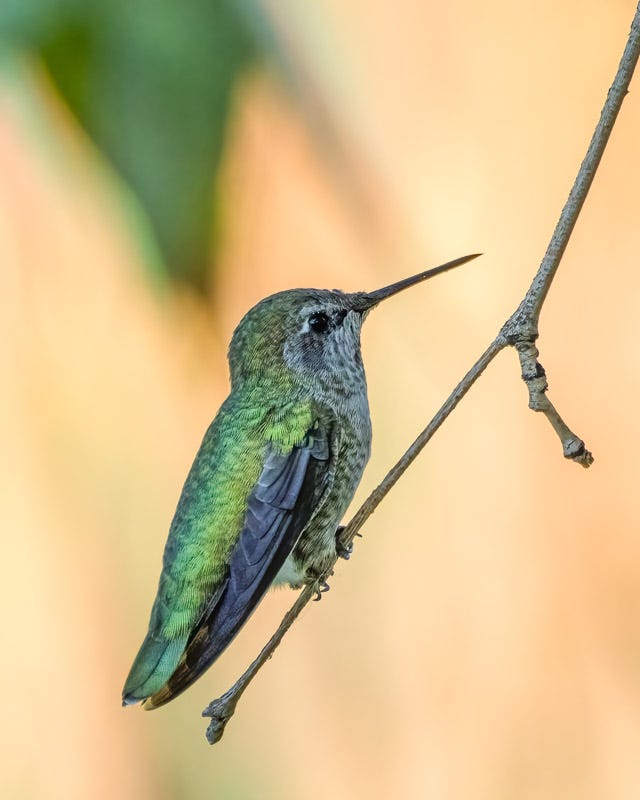
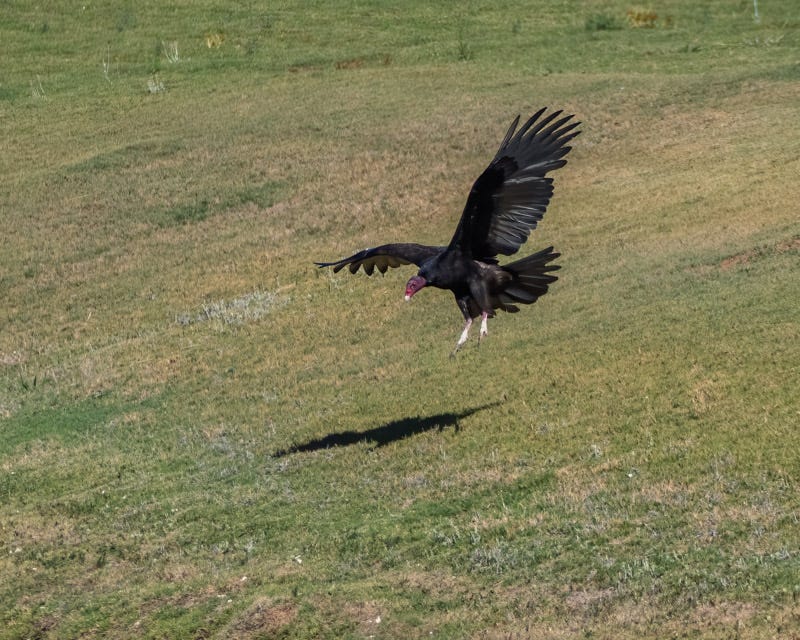
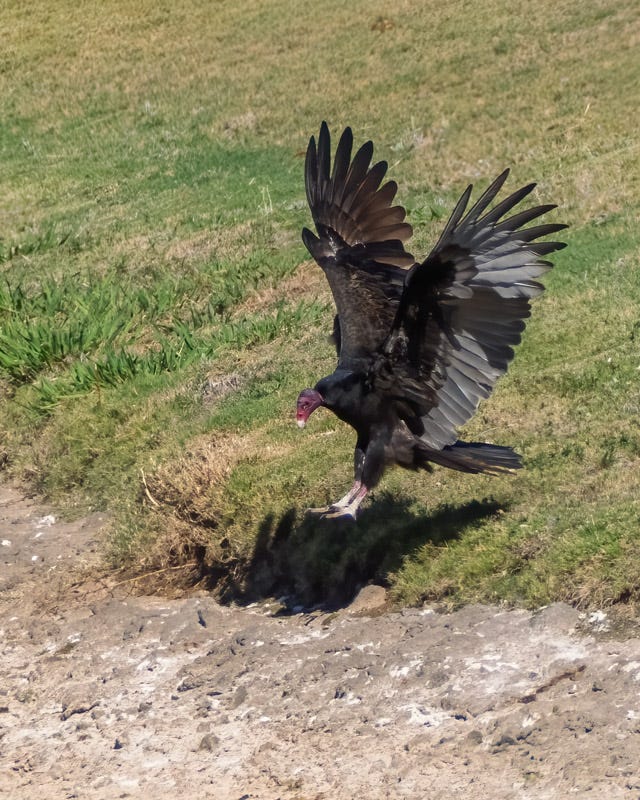
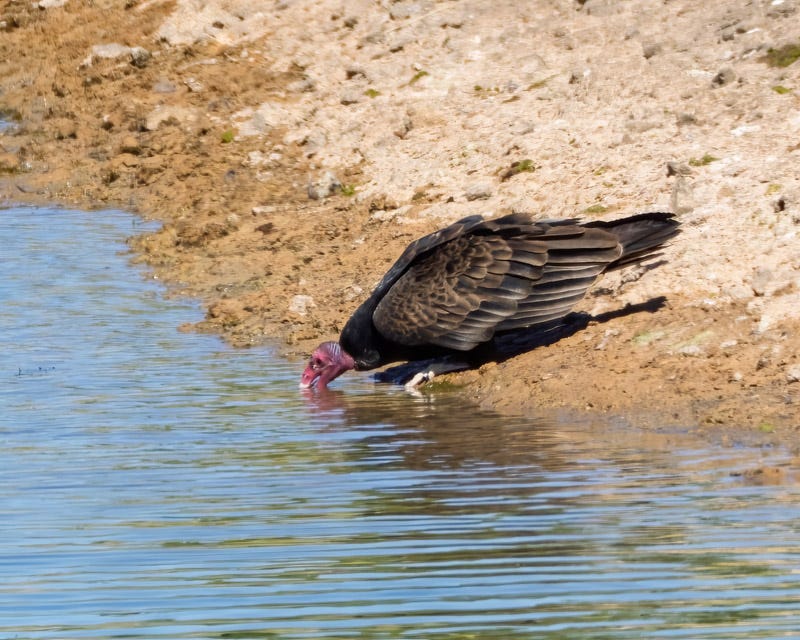
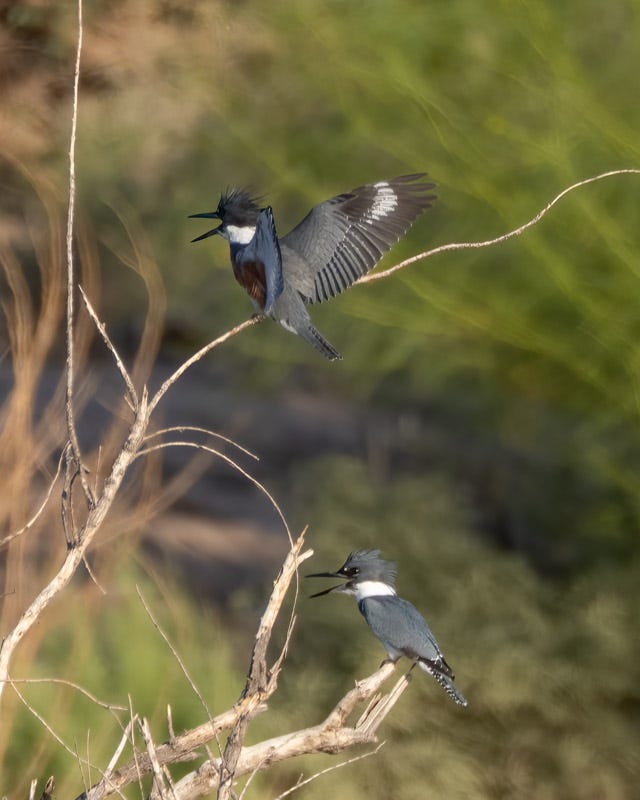


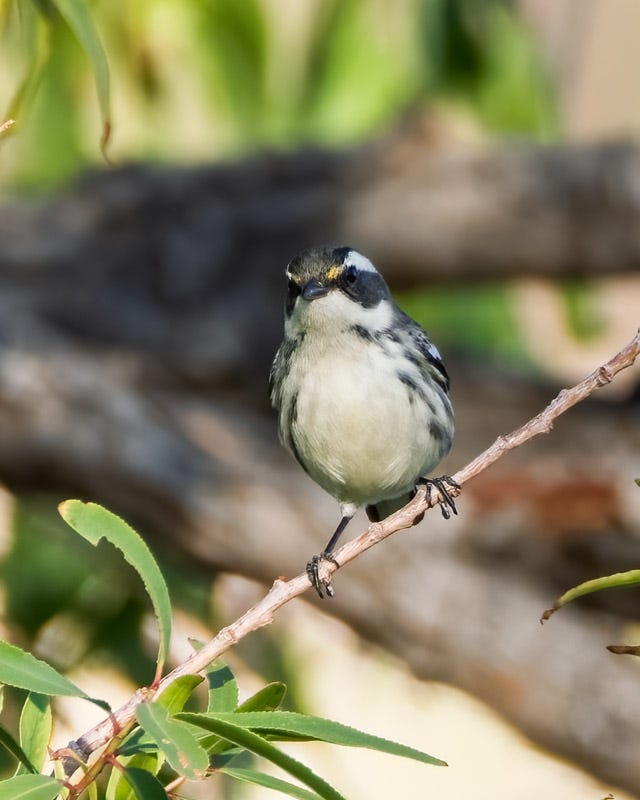
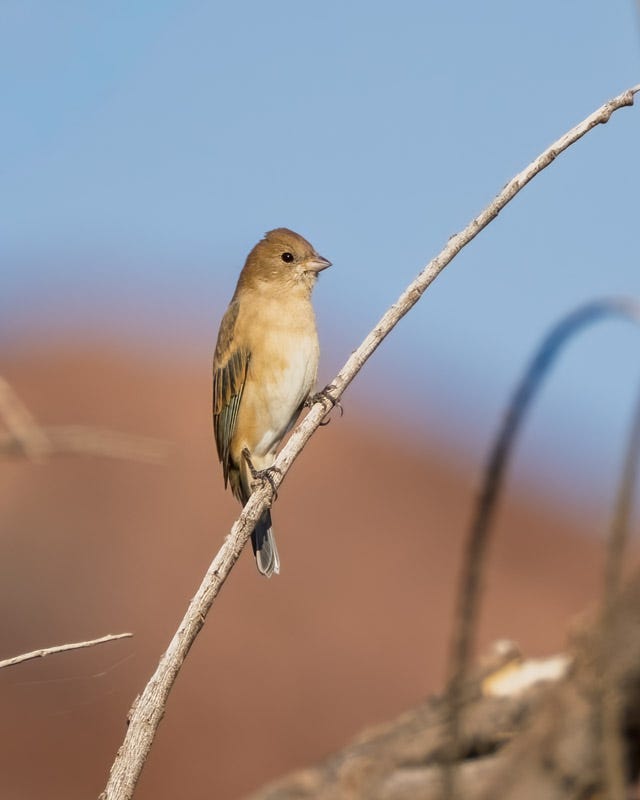
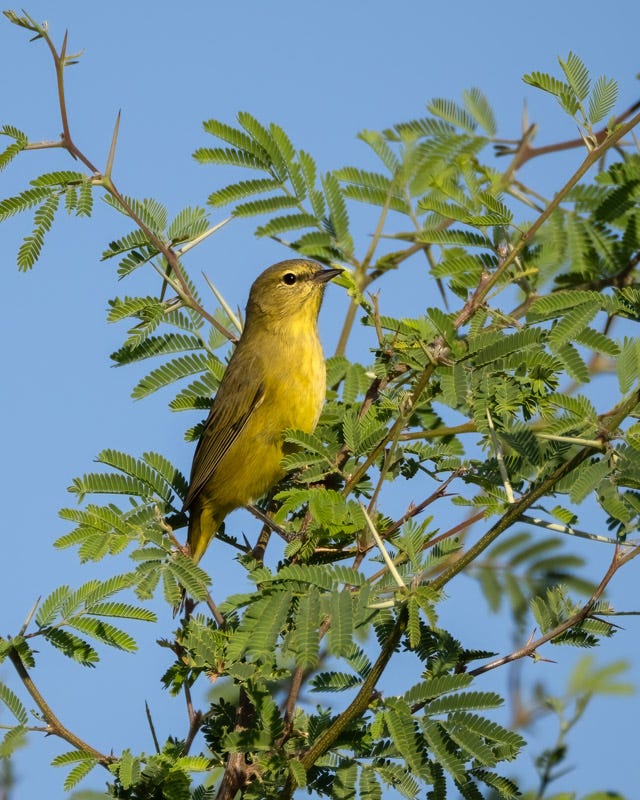

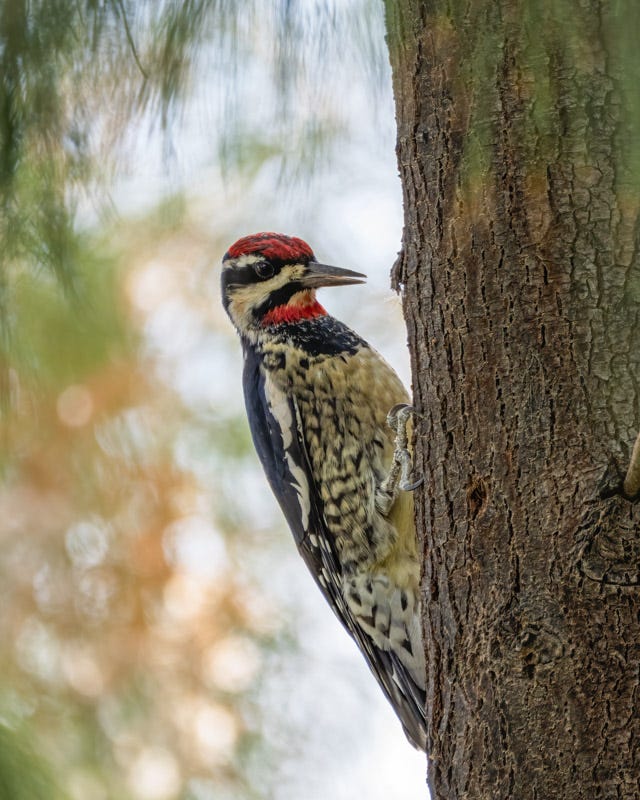
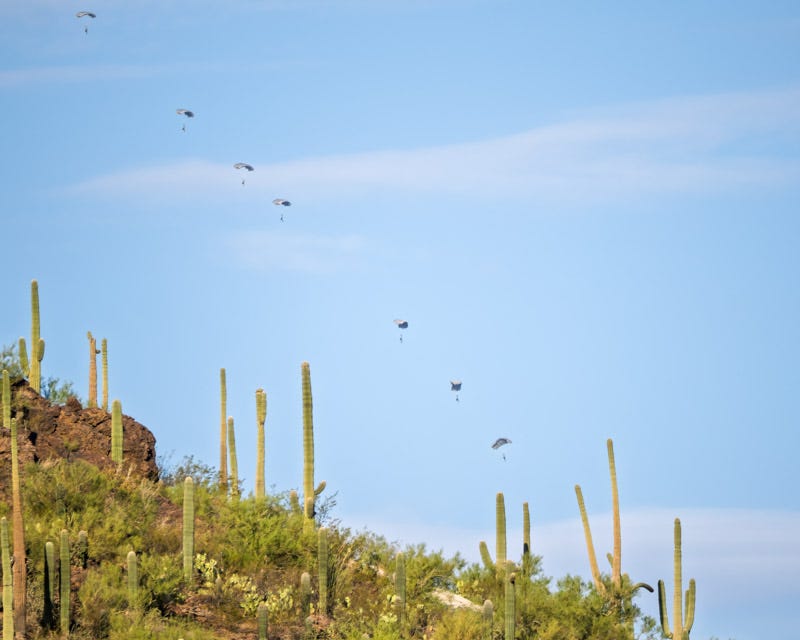
Love the sapsucker. I need to look for it.